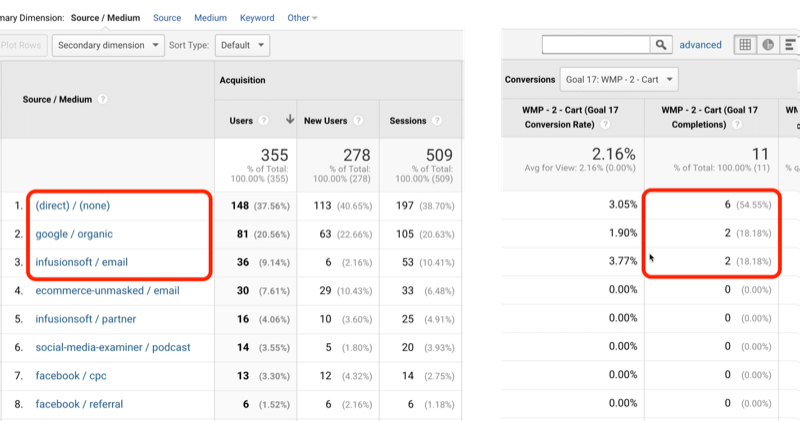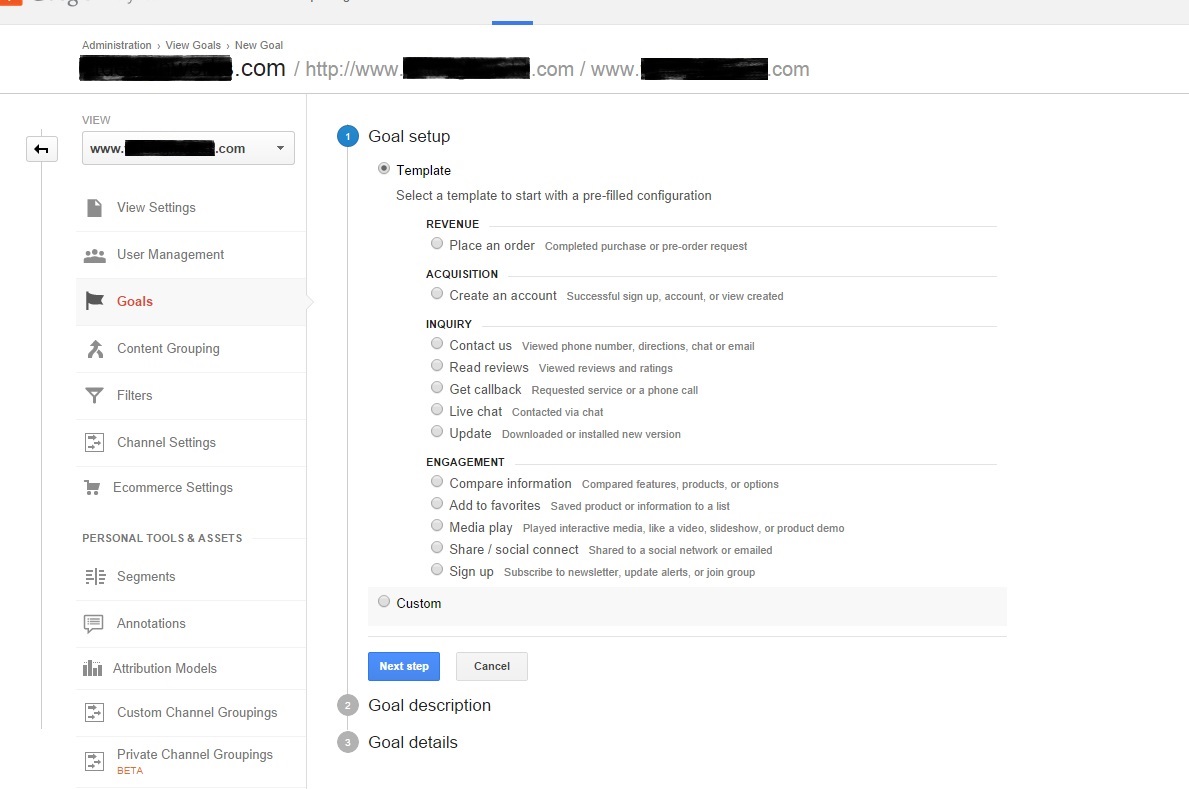Debunking Google Analytics Limitations: Uncover What Data Goals Can not Track
In the world of digital analytics, Google Analytics stands as a powerful tool that gives important insights into web site efficiency and individual behavior. From the details of user communication with dynamic web content to the complexities of cross-device user journeys, these limitations shed light on areas that might remain covered from conventional analytics point of views.

Individual Communication With Dynamic Content
Customer interaction with vibrant material plays an essential duty in recognizing user behavior on websites and maximizing the general customer experience. Dynamic web content describes elements on a website that can transform without the need for a complete page reload. This consists of interactive elements such as pop-ups, sliders, forms, and video clips that react to customer actions in real-time. By tracking customer communications with dynamic web content, internet site owners can acquire beneficial understandings right into customer interaction, choices, and behaviors.
Google Analytics uses different tools to track individual communications with dynamic material, such as occasion tracking and online pageviews. Occasion tracking enables you to check certain customer activities, like clicking a switch or enjoying a video, supplying information on just how customers communicate with dynamic aspects. Virtual pageviews can be used to track interactions that do not cause a brand-new page tons, providing a thorough sight of individual interaction with dynamic content. By analyzing this information, internet site owners can make informed choices to enhance customer experience and drive conversions.
Cross-Device Customer Journeys
Just how can modern-day analytics devices track the facility paths customers take across multiple tools in their on the internet journeys? Cross-device user journeys provide a significant obstacle for tracking and evaluating user habits properly. As customers connect with applications or web sites using numerous tools such as tablets, desktop computers, and mobile phones, it ends up being critical to understand how they relocate in between these systems to maximize user experience efficiently.
Google Analytics deals with limitations in tracking cross-device individual trips because of privacy problems and technological constraints - what data is google analytics goals unable to track. While it can supply understandings right into specific tools' interactions, tracking a smooth customer trip throughout multiple devices stays a difficulty. This limitation can cause incomplete data and fragmented user insights, making it tough for services to produce a unified sight of the client journey
To address this issue, companies can utilize sophisticated analytics tools that offer cross-device tracking capacities, allowing them to gain a much more holistic understanding of user habits. By leveraging these devices, businesses can connect the gap in tracking cross-device user journeys and maximize their electronic strategies for a smooth user experience.
Offline Conversions and Attribution
As businesses navigate the challenges of tracking cross-device user trips, another essential element to think about is the realm of offline conversions and acknowledgment in the world of data analytics. While Google Analytics supplies valuable insights right into online customer habits, it fails when it concerns tracking conversions that happen offline. This limitation poses a considerable challenge for organizations that have both online and offline sales networks.
Offline conversions, such as purchases made in physical stores or with phone call facilities, are necessary to understanding the total consumer journey. Without the ability to attribute these offline conversions to certain on the internet communications, organizations might struggle to properly determine the influence of their electronic advertising initiatives.
To resolve this void, companies can check out alternate services such as integrating CRM systems with online analytics devices or making use of unique coupon codes that can be traced back to online projects. By linking the space in between online and offline information, organizations can get look at this now a much more thorough understanding of their customers' habits and enhance their overall marketing strategies.
Person Individual Recognition
In the world of data analytics, the capability to properly determine individual customers throughout numerous on-line touchpoints is a crucial challenge for companies looking for to individualize and maximize their advertising and marketing strategies. While Google Analytics provides important insights right into user behavior and interactions, it falls short in enabling the identification of specific individuals because of personal privacy worries and technical restrictions. Google Analytics uses one-of-a-kind identifiers such as cookies to track user sessions and behavior, however helpful resources these do not relate to identifying private customers in a personal feeling.

Information From Secure Pages
Regardless of the enhancing frequency of secure pages on sites, getting data from these encrypted resources presents an unique obstacle for digital analytics systems like Google Analytics. Secure web pages, shown by HTTPS in the link, secure data traded between the individual's browser and the web site's web server to make sure privacy and safety and security. While this security is essential for shielding delicate details, it additionally presents limitations for tracking customer actions and celebration analytics information.
Google Analytics encounters barriers in accumulating comprehensive details from protected web pages because of the file encryption methods in location. Therefore, particular data points such as reference resources, keyword searches, and even some customer interactions might not be fully recorded when individuals access a website with a protected connection. This limitation can impact the accuracy and efficiency of the information analysis, causing spaces in understanding individual behavior and choices on secure web pages.
To navigate this challenge, digital experts may need to discover alternate tracking approaches or utilize various other devices specifically created to gather understandings from secure pages. By adapting approaches to accommodate these limitations, organizations can still acquire valuable analytics despite the restraints provided by encrypted links.
Final Thought
To conclude, Google Analytics has limitations in tracking user interaction with dynamic web content, cross-device user trips, offline conversions, individual customer identification, and data from secure pages. These limitations hinder a thorough understanding of user actions and might lead to voids in information analysis. Regardless of its valuable insights, Google Analytics might not provide a complete image of individual interaction throughout various touchpoints. It is vital for businesses to be familiar with these restrictions and consider supplementary devices for a much more holistic sight of their data.
User interaction with vibrant web content plays an essential duty in understanding individual actions on internet sites and optimizing the general user experience. By tracking customer interactions with vibrant material, internet site owners can get beneficial insights right into check these guys out individual engagement, preferences, and actions.
Google Analytics utilizes one-of-a-kind identifiers such as cookies to track individual sessions and habits, yet these do not relate to determining specific users in an individual feeling.
As a result, certain data points such as recommendation sources, keyword searches, and even some customer interactions might not be completely caught when users access a site with a protected link.In conclusion, Google Analytics has limitations in tracking customer communication with dynamic material, cross-device individual trips, offline conversions, private customer identification, and data from secure web pages.